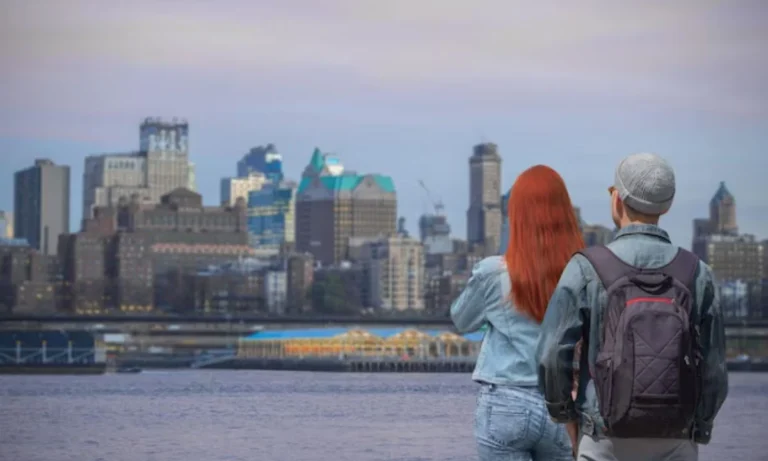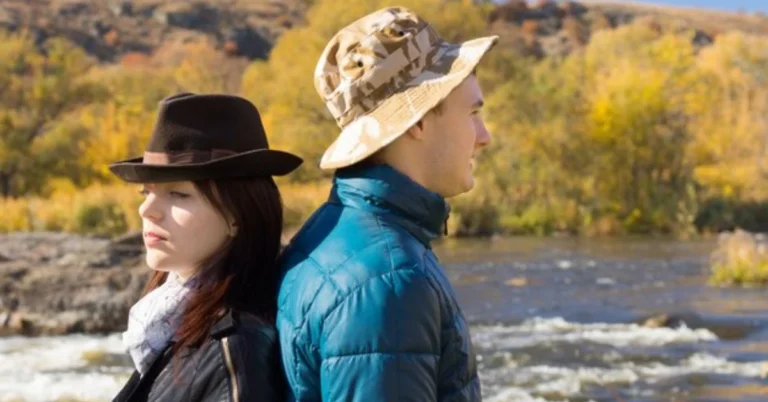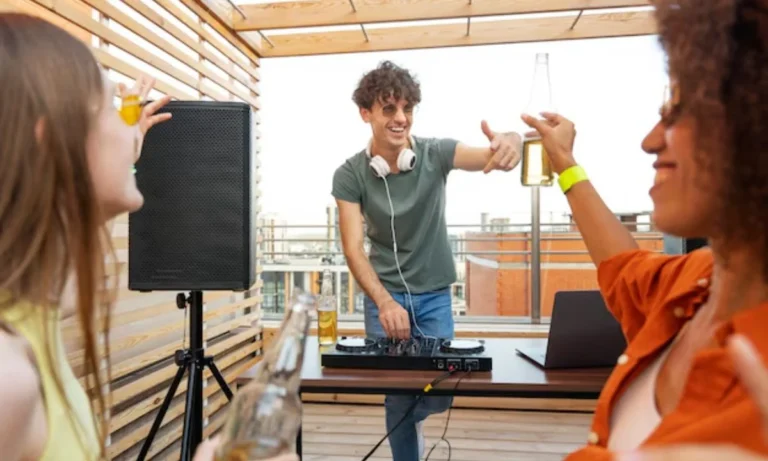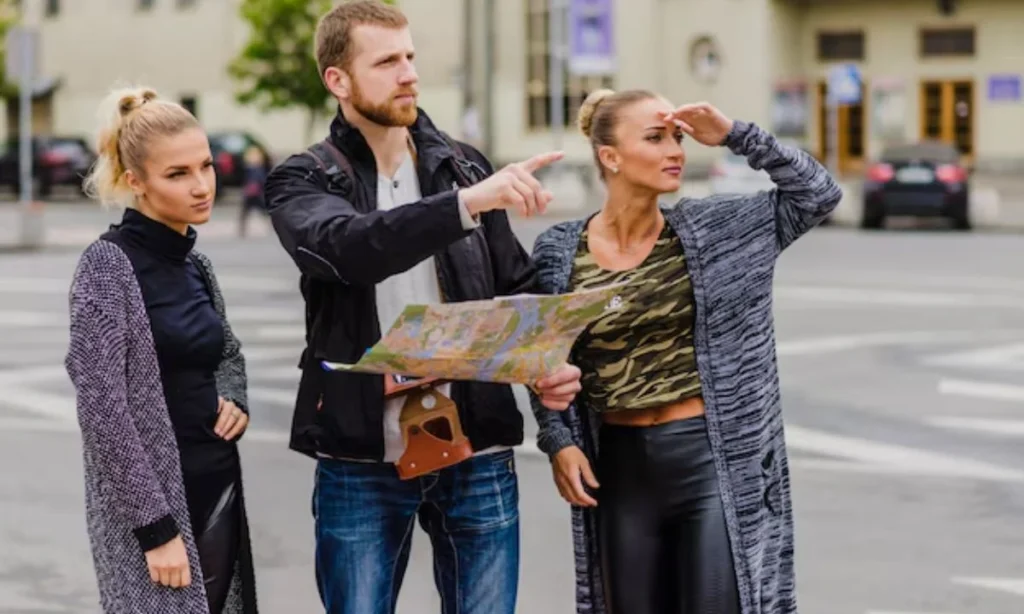
When you go on a guided tour, have you noticed how is normal travel guide address tourists? It’s more than just delivering facts or pointing out landmarks. How a guide speaks to you can influence your entire experience. From setting a friendly tone to making you feel welcome, the way a travel guide addresses tourists is a big part of what makes a tour memorable.
The Basics of How Travel Guides Address Tourists
In general, a normal travel guide addresses tourists in a warm, friendly way, aiming to make everyone feel comfortable and excited. They might say, “Welcome! I’m here to make your experience unforgettable.” From this greeting alone, tourists start to feel like they’re in good hands.
Establishing Comfort and Trust
A well-trained guide begins by establishing trust. They know that tourists are more engaged and open when they feel respected. A simple way to build that trust is through warm greetings and direct eye contact. Many guides will introduce themselves with a smile and say something like, “I’m here to help you explore and enjoy!” By using friendly phrases, they set a positive tone for the tour.
Must read Why Solo Travel in the United States Sucks: Challenges and Realities
Engaging Tourists with Direct Address
A key part of how a normal travel guide addresses tourists is by using direct language. Often, they’ll use “you” or “we” to make the tour feel like a shared experience. For instance, a guide might say, “You’ll see amazing sites today,” or “We’re about to explore an ancient ruin.” This way of speaking makes each tourist feel directly involved, helping everyone feel like they’re part of a special adventure.
Why Personal Engagement Matters
How Is Normal Travel Guide Address Tourists? Addressing tourists directly and personally has powerful effects on the group’s experience. A normal travel guide knows this and uses language to build a connection.
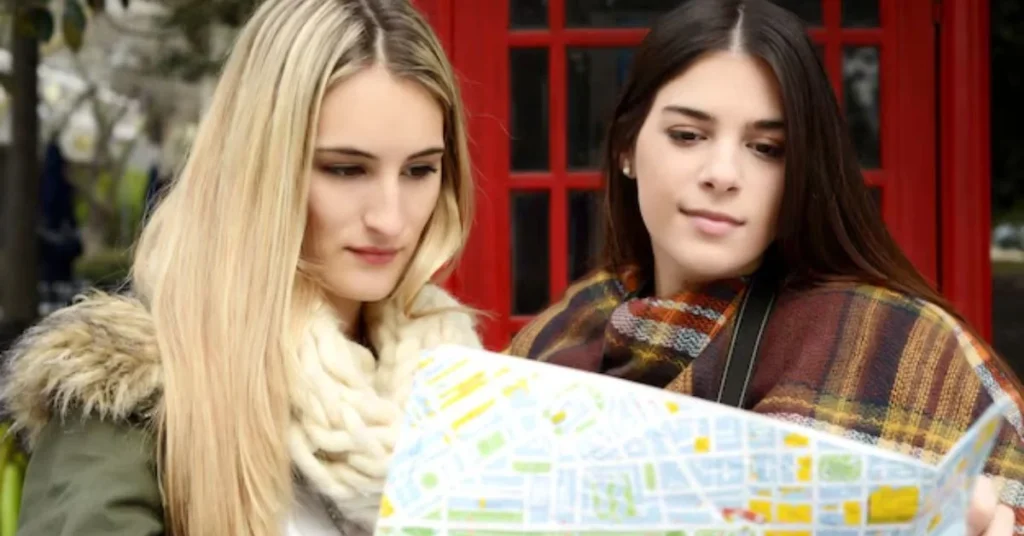
Creating a Personalized Experience
When a guide speaks directly to each tourist, it feels more personal. Instead of saying, “People enjoy this view,” a guide might say, “You’re going to love this view!” This approach makes tourists feel special, as if the guide is speaking just to them. This small shift in language can turn a standard tour into a memorable journey.
Enhancing Group Dynamics
In a large group, it’s easy for tourists to feel disconnected. However, a guide who addresses tourists individually or uses inclusive language, like “everyone here today,” helps build a sense of unity. This approach encourages group interaction, making the tour feel like a shared experience rather than just a lecture.
Common Techniques Used by Travel Guides
There are several techniques that a normal travel guide uses to address tourists effectively. These techniques help keep the group interested, informed, and engaged.
Storytelling
One way guides engage tourists is through storytelling. A guide might say, “Imagine you’re a merchant traveling on this road 200 years ago…” This type of address transports tourists back in time, allowing them to imagine life in the past. Storytelling adds depth to the experience, turning historical facts into vivid images.
Asking Questions
How Is Normal Travel Guide Address Tourists? So A normal travel guide will often ask questions to keep tourists involved. Questions like, “Can anyone guess what this building was used for?” or “Do you know how old this tree is?” encourage tourists to think and respond. This technique keeps the group active and makes the tour interactive.
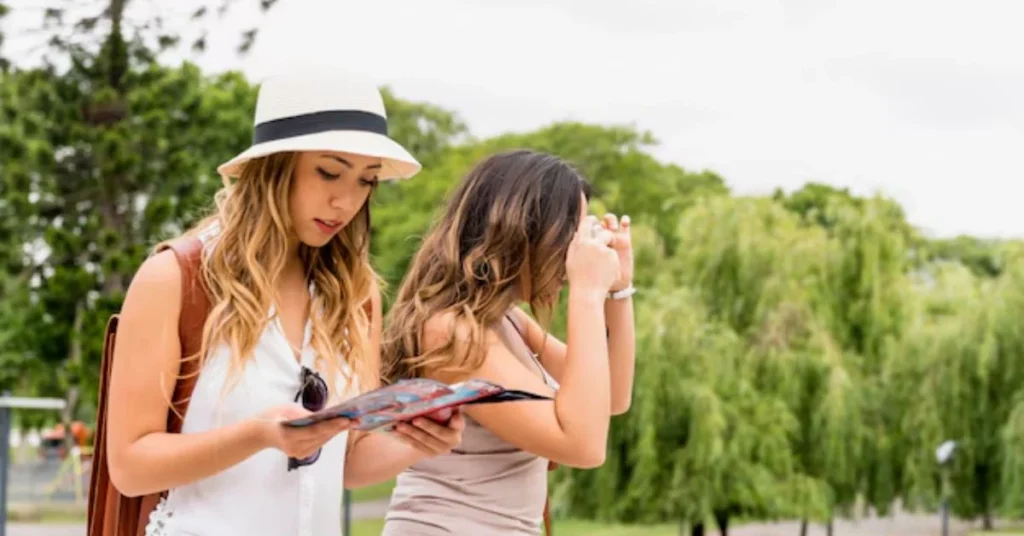
Using Visual Language
Guides often use descriptive language that appeals to the senses. Instead of saying, “There’s a river over there,” a guide might say, “Look over to your right—you’ll see a sparkling river flowing through the valley.” This approach helps tourists visualize what they’re seeing and makes the tour more immersive.
How Is Normal Travel Guide Address Tourists for Different Types of Tourists
Every tourist group is unique, and a normal travel guide knows how to adjust their approach to different audiences.
Addressing Families and Kids
When there are kids on the tour, guides often use simpler language and a more animated tone. They might say, “Hey kids, look at this giant tree! It’s taller than ten of you stacked up!” This approach keeps younger tourists entertained and helps families enjoy the tour together.
Engaging Adults and History Buffs
For adults or history enthusiasts, guides might dive deeper into historical details. They’ll say something like, “If you look closely, you’ll notice ancient carvings on this wall, dating back to 1500.” This appeals to adults who appreciate detailed information.
Adjusting for International Tourists
When addressing international tourists, guides may speak a bit slower and avoid slang or complex phrases. They might say, “This is the city’s famous fountain. People come from all over to take photos here.” Using clear, simple language ensures everyone understands, no matter where they’re from.
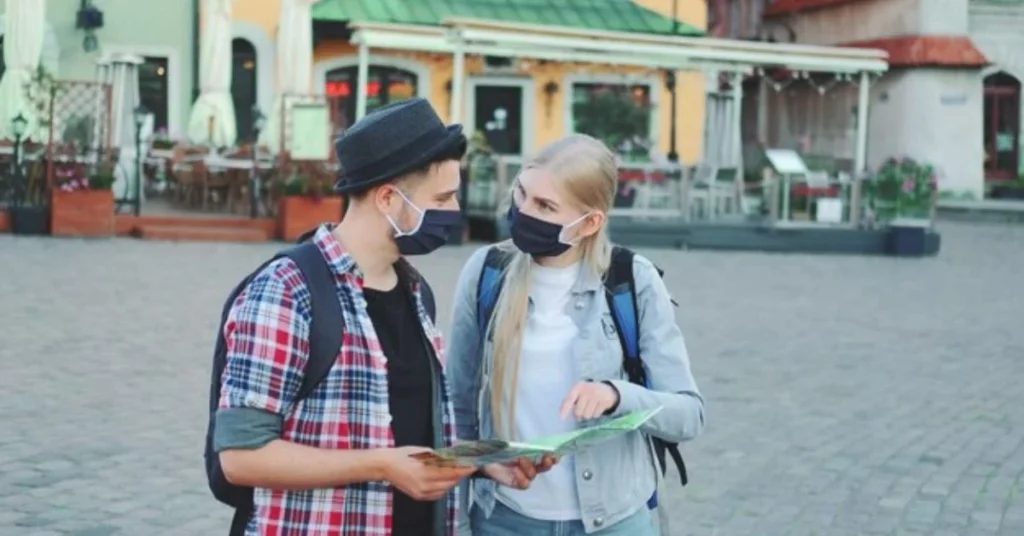
Conclusion
How Is Normal Travel Guide Address Tourists? A normal travel guide’s approach to addressing tourists is key to creating an engaging and enjoyable tour experience. By using friendly, direct language and interactive techniques, guides make tourists feel valued and involved. Whether through storytelling, personalized language, or inclusive questions, the way a guide speaks shapes how you experience a place.
So, next time you’re on a tour, pay attention to how the guide addresses you. It’s not just words—it’s the art of turning a journey into a memorable adventure. Click here for more information.
FAQs About How Is Normal Travel Guide Address Tourists
Why do travel guides use “you” to address tourists?
Using “you” makes the experience feel personal and helps tourists feel directly involved. It’s a simple way to make each person feel valued and engaged in the tour.
How do travel guides address large groups?
In large groups, guides use inclusive language like “everyone” or “we” to create a sense of unity. This makes everyone feel part of a shared experience.
Why do guides tell stories during tours?
Storytelling helps tourists imagine historical events or cultural practices vividly. It turns factual information into engaging narratives that are easier to remember.
How do guides engage tourists from different countries?
Guides often use clear, simple language and avoid slang to ensure everyone understands. They may also speak more slowly and emphasize key details to accommodate non-native speakers.
Do guides adjust their approach for children on tours?
Yes, guides use simpler language, a friendly tone, and visual descriptions to keep children engaged. They may also include fun facts and interactive moments to make the tour more enjoyable for young tourists.

